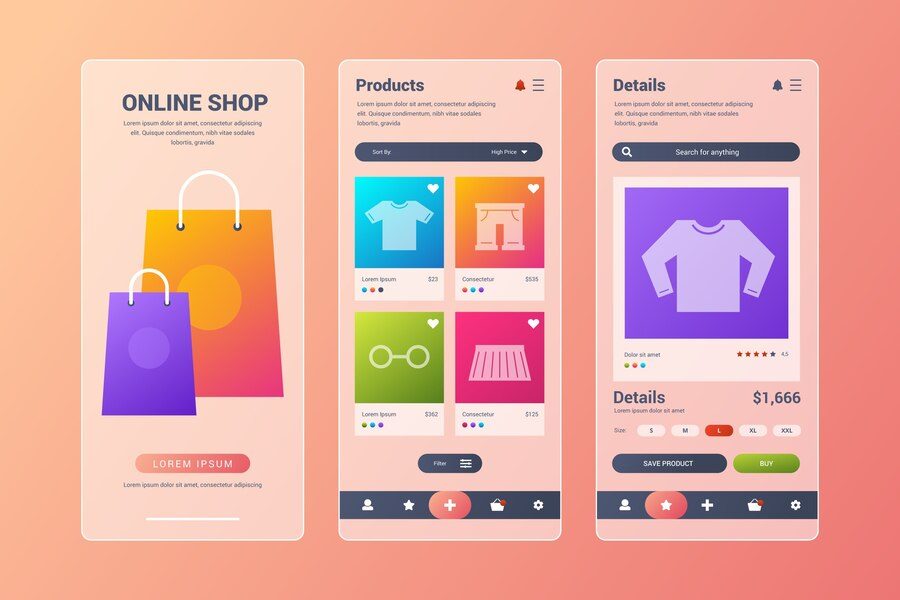A product designer plays a crucial role in shaping the user experience and functionality of a product. From conceptualizing ideas to refining final designs, they ensure that a product is not only aesthetically pleasing but also practical, intuitive, and aligned with user needs.
1. What is a Product Designer?
A product designer is a professional responsible for designing and improving digital and physical products. They focus on user experience (UX), user interface (UI), and overall product functionality to create seamless and engaging experiences. Their work bridges the gap between business objectives and user expectations.
2. Key Responsibilities of a Product Designer
1. User Research and Analysis
Understanding user needs and behaviors through research, surveys, and usability testing helps designers make informed decisions.
2. Concept Development
Product designers generate wireframes, prototypes, and sketches to visualize ideas before moving into full development.
3. UI/UX Design
They create intuitive interfaces that enhance user engagement, ensuring seamless navigation and interactions.
4. Collaboration with Teams
Product designers work closely with developers, marketers, and stakeholders to align design goals with business strategies.
5. Testing and Iteration
Continuous testing and feedback loops refine product designs, improving user satisfaction and functionality.
3. Essential Skills for a Product Designer
1. Design Thinking
A problem-solving approach that involves empathizing with users, defining issues, ideating solutions, prototyping, and testing.
2. Prototyping and Wireframing
Using tools like Figma, Sketch, and Adobe XD to create interactive prototypes before development.
3. User Experience (UX) Design
Understanding human psychology and interaction design to craft seamless user experiences.
4. User Interface (UI) Design
Creating visually appealing layouts, typography, color schemes, and interactions that enhance usability.
5. Communication and Collaboration
Effective communication with developers, stakeholders, and team members ensures the smooth execution of design ideas.
4. Tools Used by Product Designers
- Figma, Sketch, Adobe XD – For UI/UX design
- InVision, Marvel, Protopie – For prototyping and user testing
- Miro, FigJam – For brainstorming and ideation
- Adobe Illustrator, Photoshop – For graphic design and visuals
- Notion, Trello, Asana – For project management and collaboration
5. The Impact of a Product Designer
Product designers play a pivotal role in ensuring a product meets both business goals and user needs. Their contributions lead to:
- Higher User Engagement – A well-designed product attracts and retains users.
- Increased Conversion Rates – Optimized UI/UX results in higher customer satisfaction and sales.
- Brand Consistency – Consistent design elements strengthen brand identity.
Conclusion
The role of a product designer is multifaceted, requiring a blend of creativity, technical skills, and user-centric thinking. Whether designing apps, websites, or physical products, they shape how users interact with and perceive a brand. Understanding their responsibilities and mastering essential skills can pave the way for a successful career in product design.
Devoq Design is a top-tier UI/UX design agency in UI/UX Design Agency in Maitland and UI/UX Design Agency in Blue Mountains offering innovative and user-focused digital solutions to businesses of all sizes. Our expertise lies in creating intuitive, visually appealing, and highly functional websites, mobile applications, and digital platforms that enhance user engagement and drive conversions. Whether you’re a startup or an established company in Maitland or Blue Mountains, we ensure that our cutting-edge UI/UX strategies align with the latest industry standards. At Devoq Design, we prioritize seamless user experiences, modern aesthetics, and interactive design elements, helping brands establish a strong and impactful digital presence.












